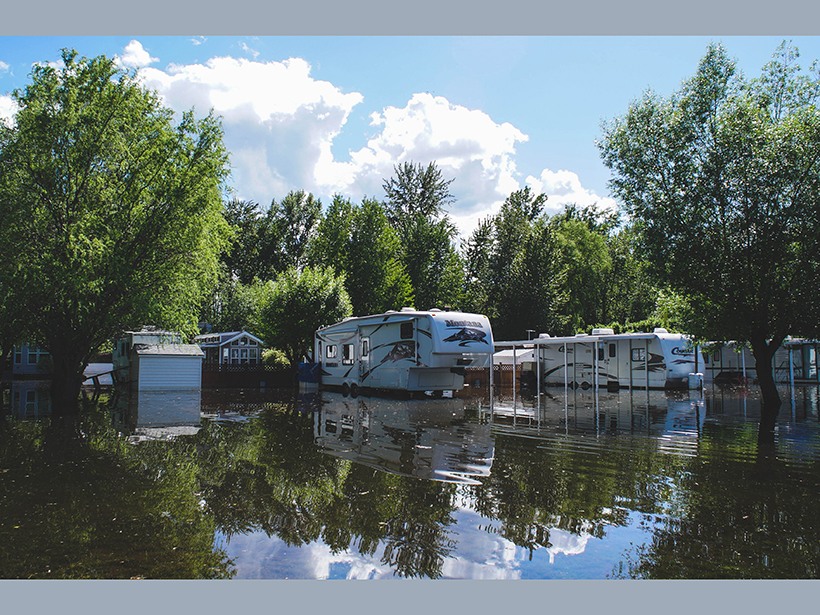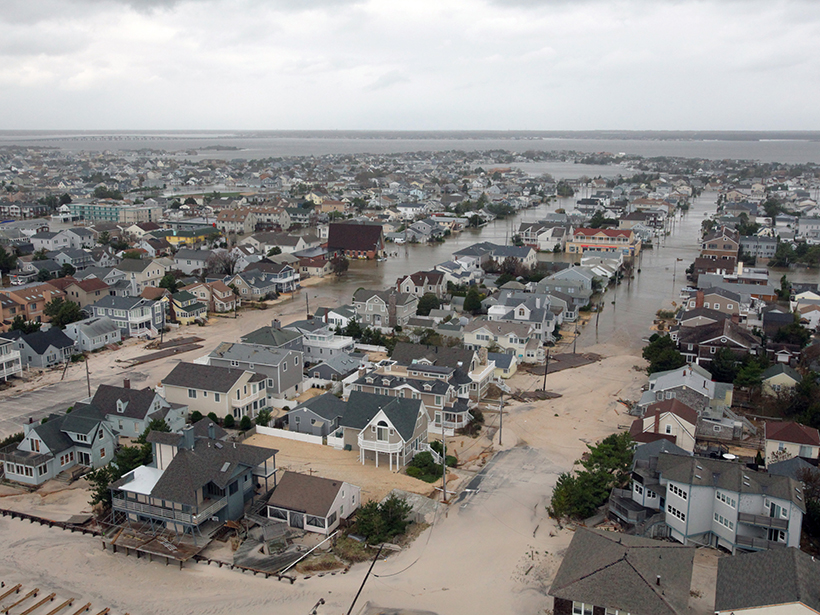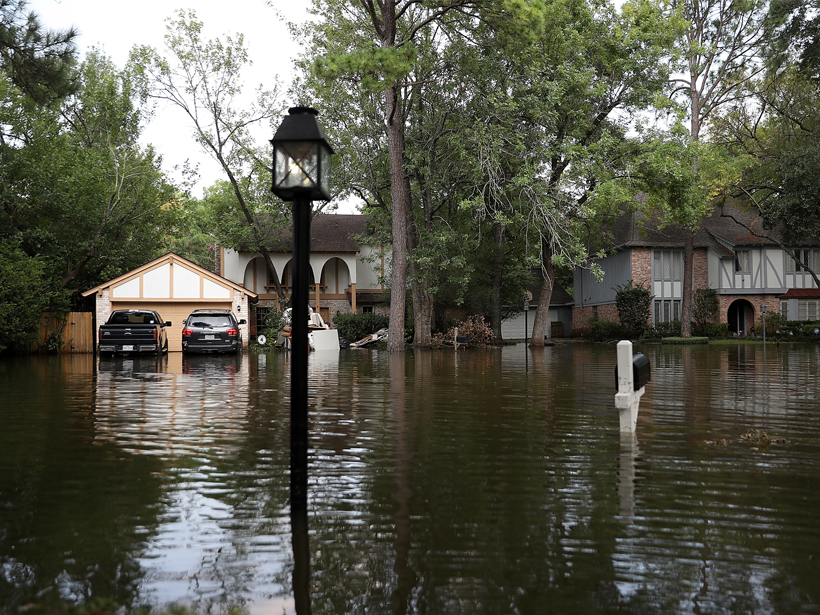New research highlights differences in drought and flood hazards globally under 1.5°C versus 2°C temperature increases and estimates associated human and economic effects.
floods
Heavy Rains, Human Activity, and Rising Waters at Lake Victoria
Water levels in Africa’s largest lake have risen over a meter since last fall and continue to increase as land use changes and heavy rains enhance the flow.
Do You Know Your Home’s Flood Risk?
Search for your address in this new database and get an easy to understand indicator of the potential for flooding now and over the next several decades as climate change alters our environment.
High Water: Prolonged Flooding on the Deltaic Mississippi River
Changing climate and land use practices are bringing extended periods of high water to the lower Mississippi River. New management practices are needed to protect people, industry, and the land.
It’s Time to Revise Estimates of River Flood Hazards
Accurately assessing flood hazards requires a better understanding of the feedbacks between natural and human influences on the characteristics of rivers.
Sediments May Support the Mediterranean Megaflood Hypothesis
Millions of years ago, the Mediterranean Sea may have evaporated. A newly identified body of sediments could have been deposited by the giant flood that refilled the basin.
Podcast: The Johnstown Flood—A Most Avoidable Tragedy
How a dam failure near a small town in Pennsylvania continues to cast a shadow over the region more than 100 years later.
Sea Level Science Grapples with Uncertainty and Usability
Improved transdisciplinary approaches are needed to ensure that research on rising seas is useful for planning in coastal communities.
Future Remote Sensing Mission Holds Promise for Flood Monitoring
The 2021 Surface Water and Ocean Topography (SWOT) mission will measure water surface elevation, slopes, and inundations of rivers as narrow as 50 meters.
Equity Concerns Raised in Federal Flood Property Buyouts
The communities most in need of federal property buyouts after a flood are the communities least likely to get them.










